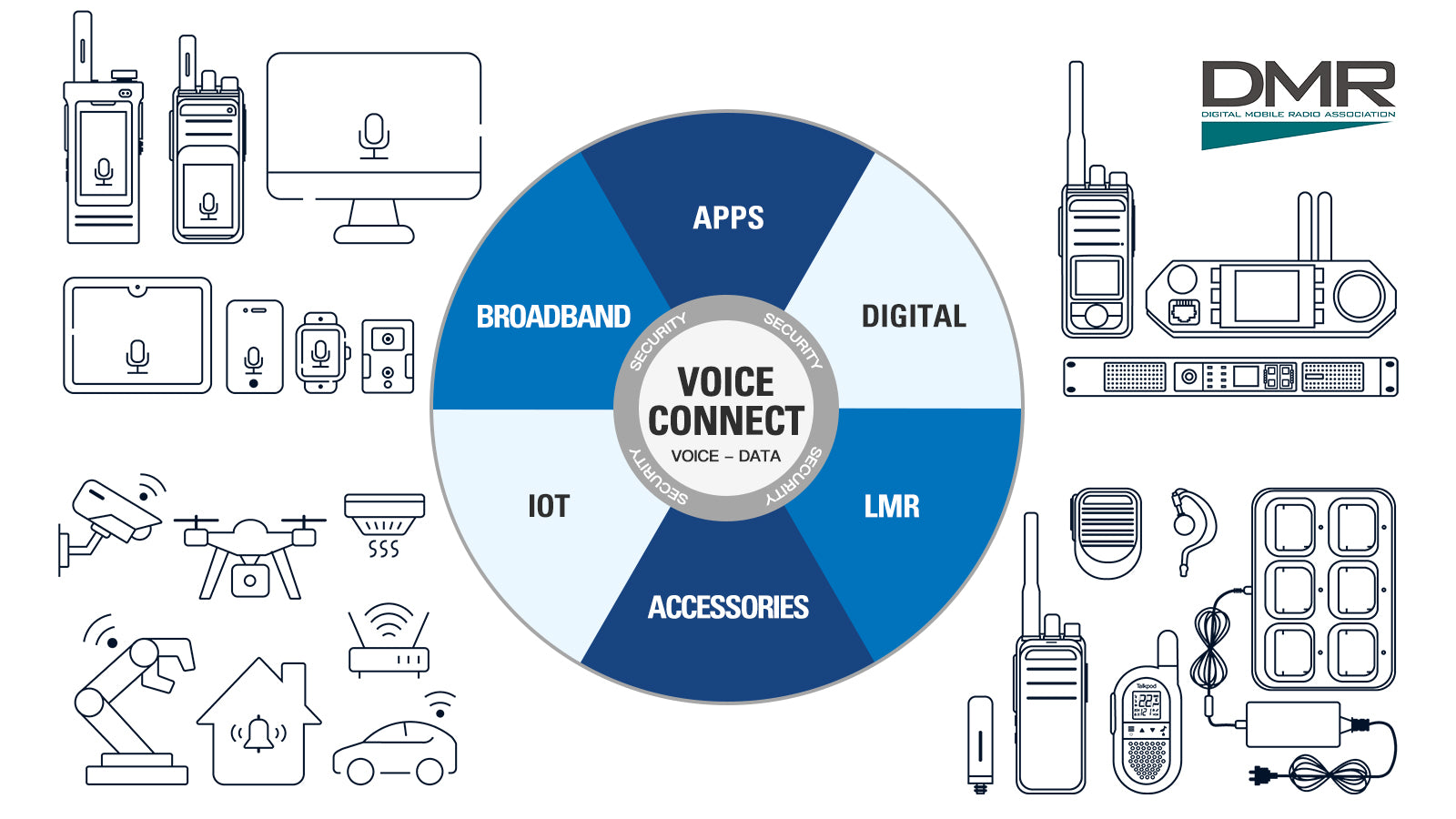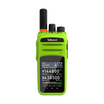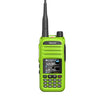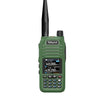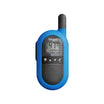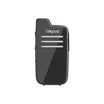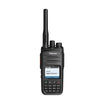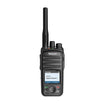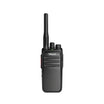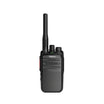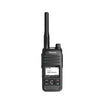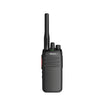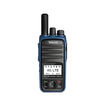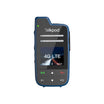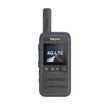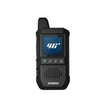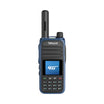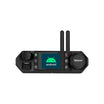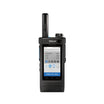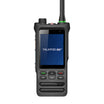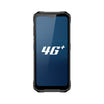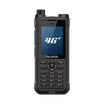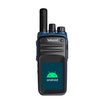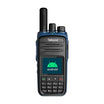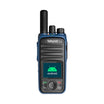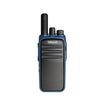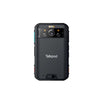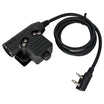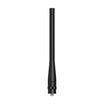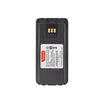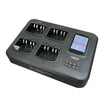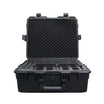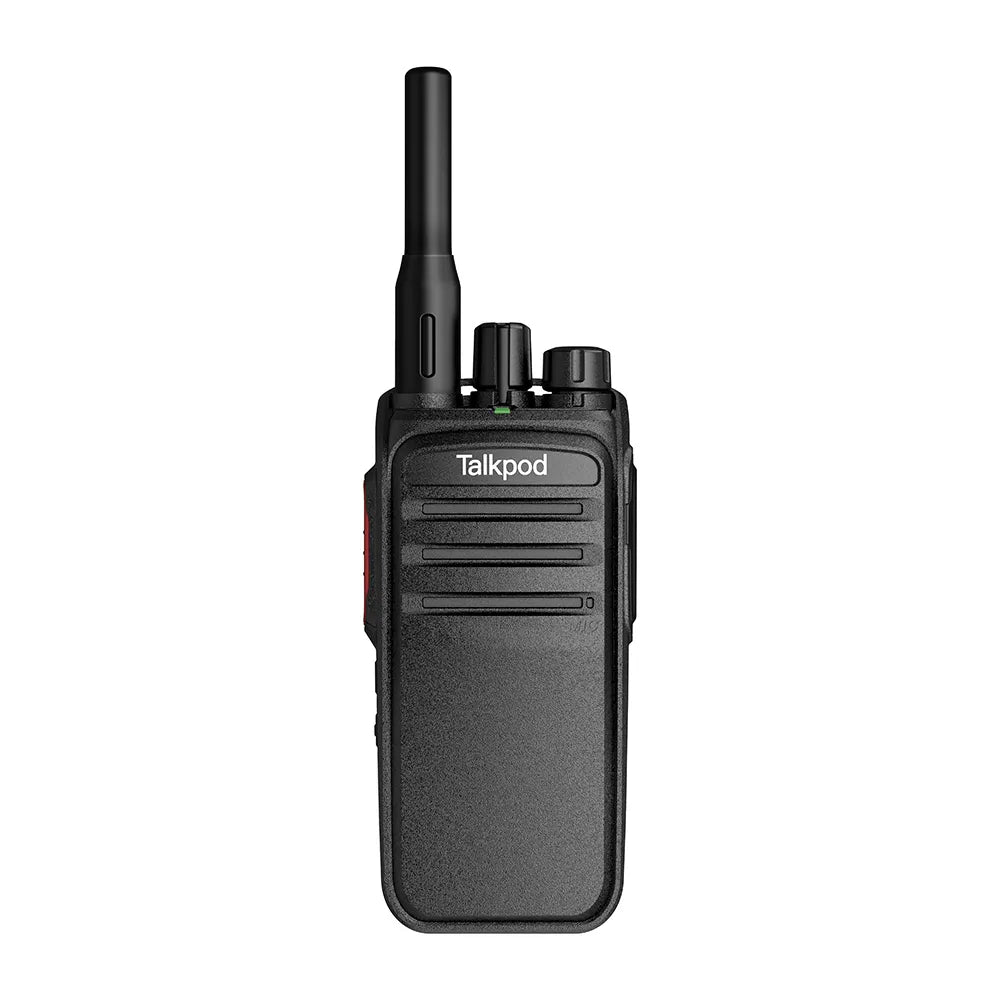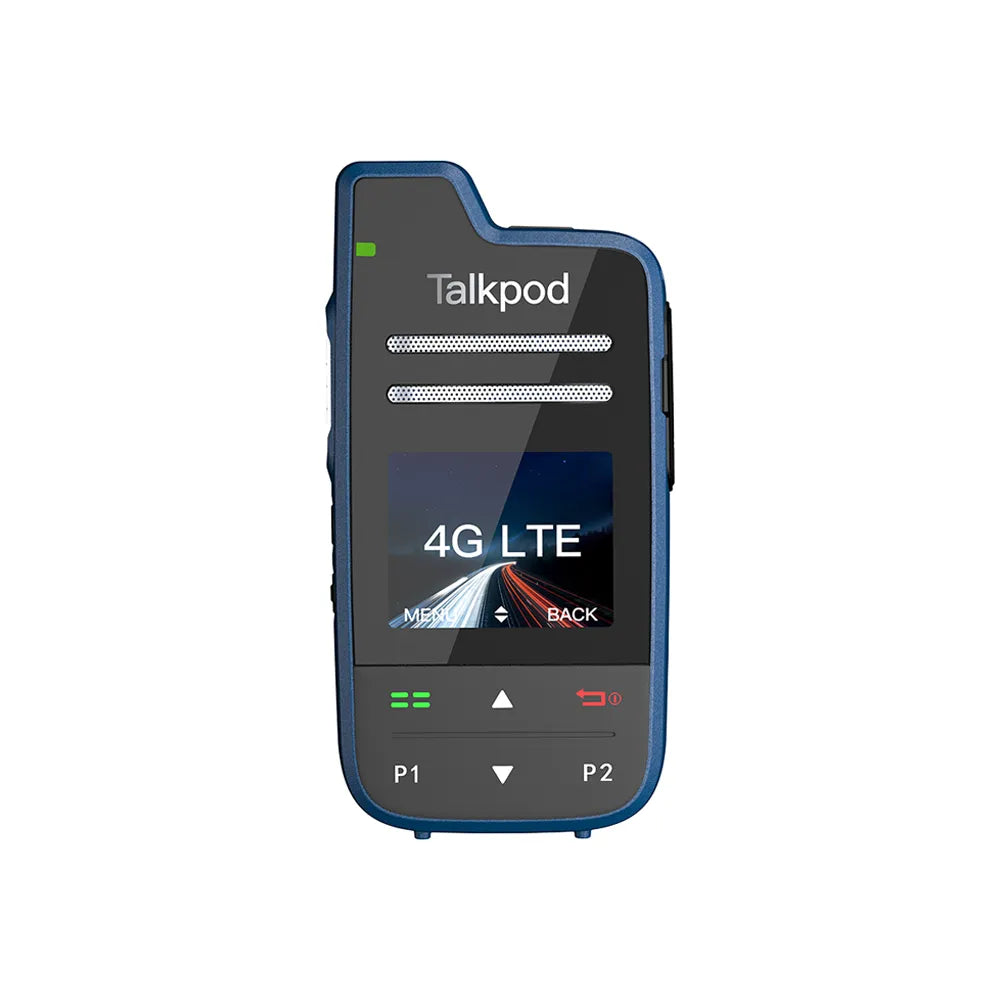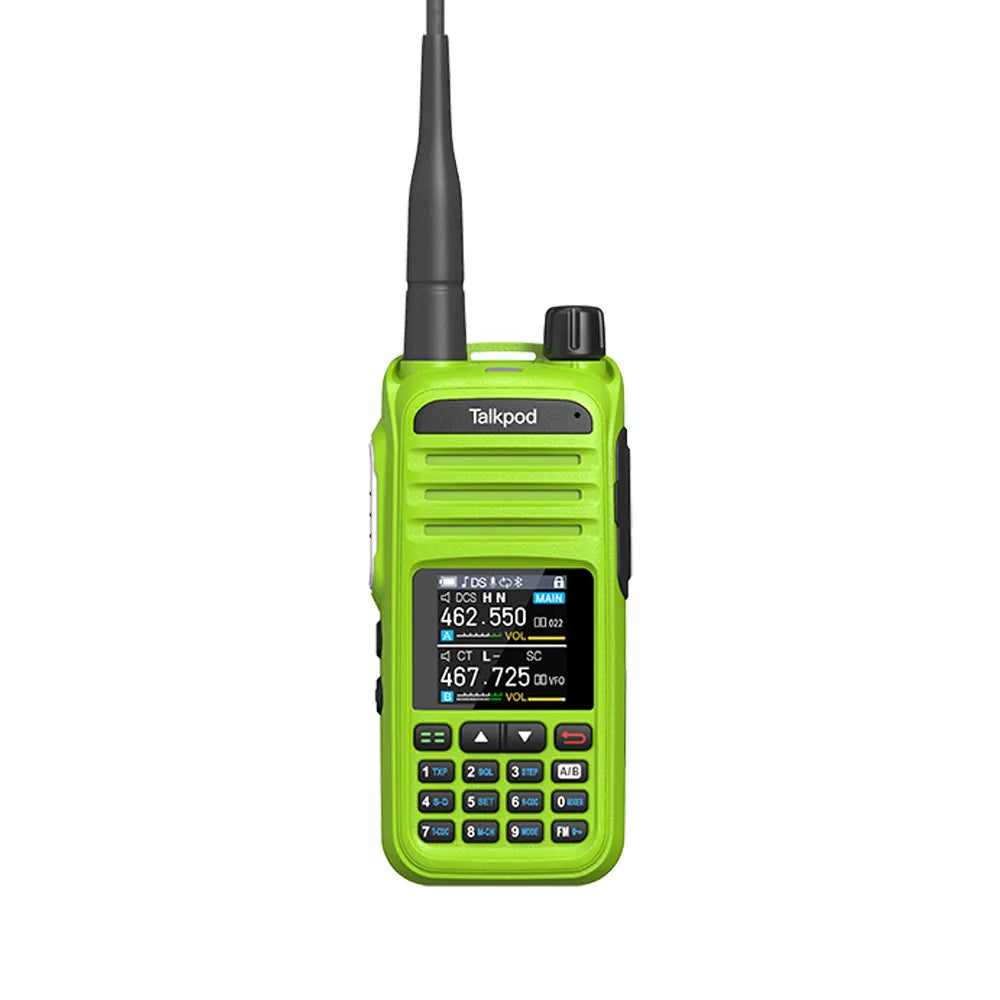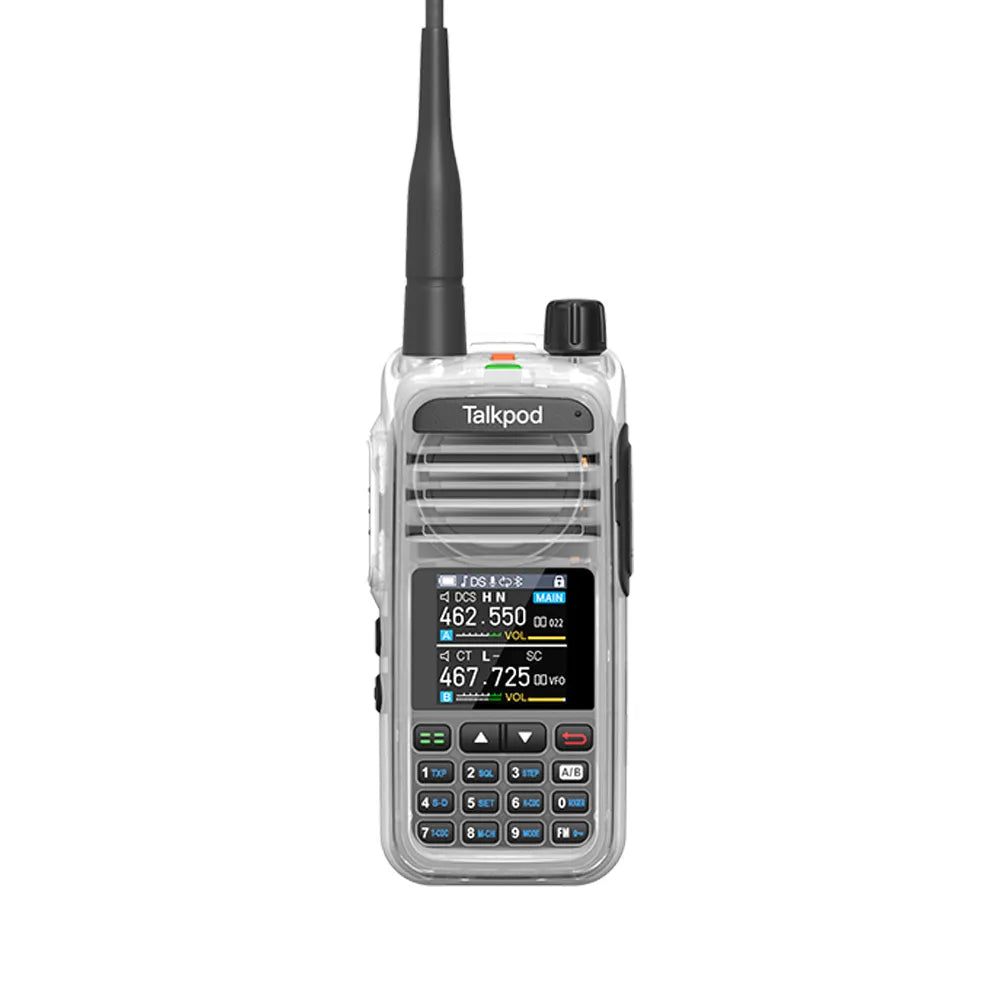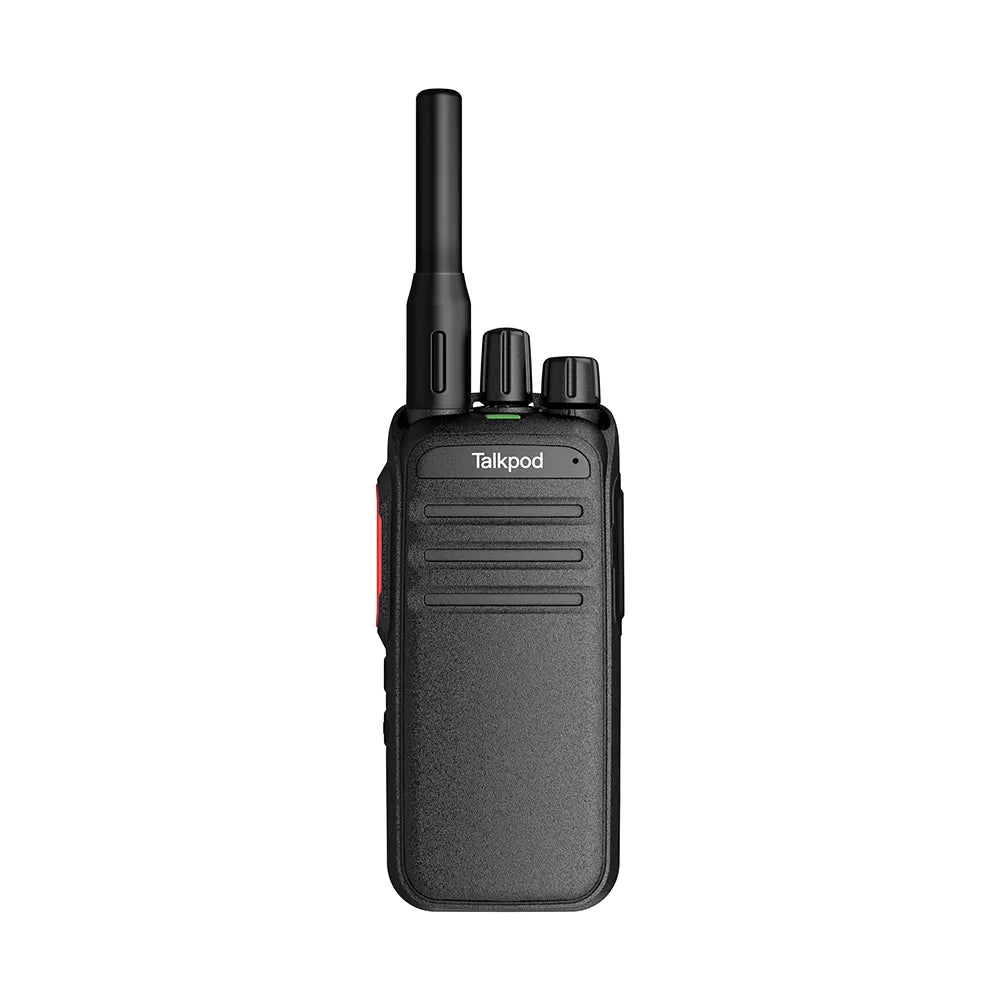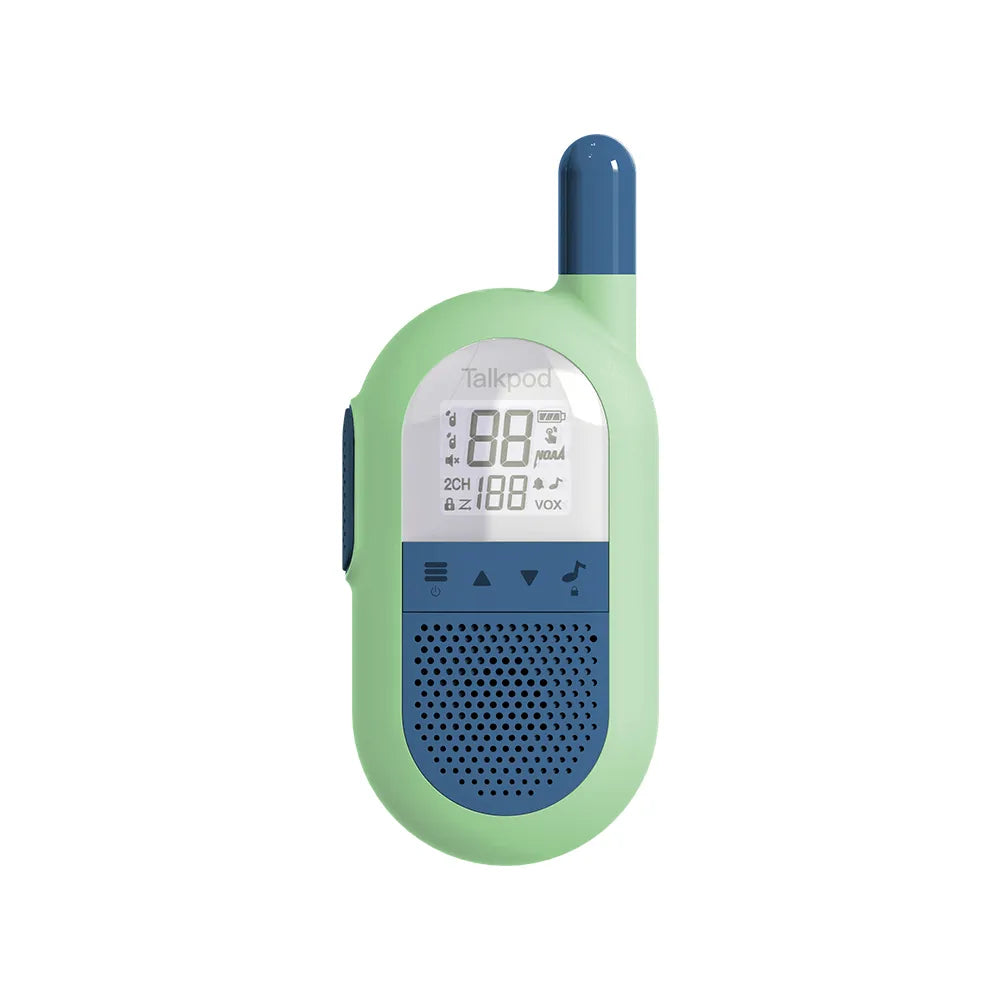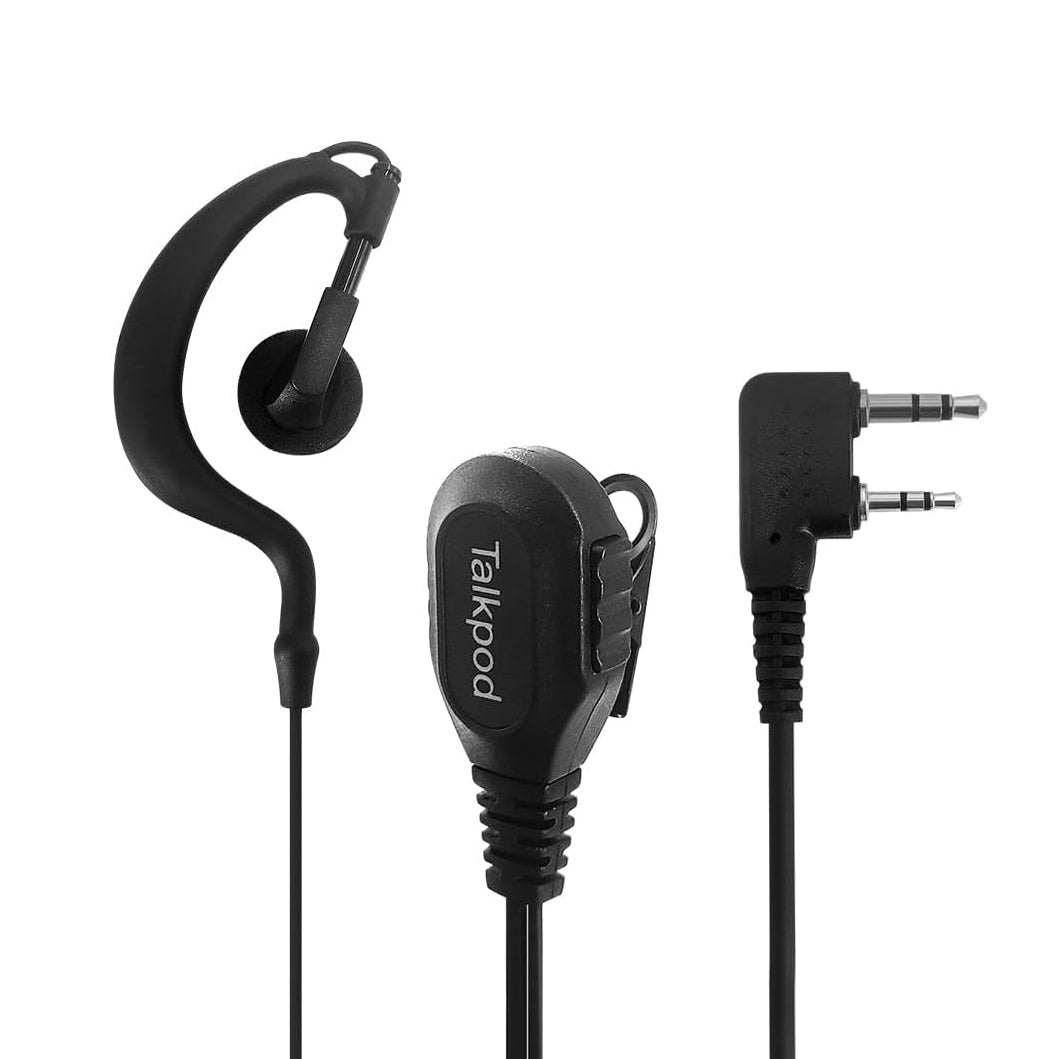What Is DMR (Digital Mobile Radio)?
DMR is a digital radio standard used for voice and data communication. It offers improved audio quality, longer battery life, and more efficient spectrum usage compared to analog radios.
How Does DMR Differ from Analog Radios?
DMR radios use digital modulation, which provides clearer audio and better signal quality. They can transmit data alongside voice, making them more versatile for various applications.
Is a License Required for DMR Radios?
Licensing requirements for DMR radios vary by country and frequency band. In some cases, you may need a license, while other frequencies may be license-free.
What Are the Benefits of Using DMR Radios?
DMR radios offer benefits such as improved audio quality, longer battery life, enhanced security features (encryption), and the ability to send text messages and data.
Can DMR Radios Communicate with Analog Radios?
Many DMR radios have dual-mode capabilities, allowing them to communicate with both DMR and analog radios. However, interoperability may vary depending on the specific radios being used.
Are DMR Radios Secure for Private Conversations?
DMR radios often include encryption features for secure communication. This helps protect private conversations from unauthorized listeners.
What Is the Range of DMR Radios?
The range of DMR radios is influenced by factors like power output, antenna quality, and terrain. They typically offer similar ranges to analog radios on the same frequency.
Can DMR Radios Be Used for Business or Public Safety?
Yes, DMR radios are commonly used for business operations, public safety, and emergency services. They provide reliable communication in various industries.
How Do I Program DMR Radios?
Programming DMR radios can be done through computer software or manually. Users often need to input specific parameters like frequency, time slots, and color codes for successful communication.
Are DMR Radios Compatible Worldwide?
DMR radios are standardized, but frequency allocations vary by country. Radios need to operate within the allocated frequency bands for a specific region. International use may require radio reprogramming or frequency adjustments.


